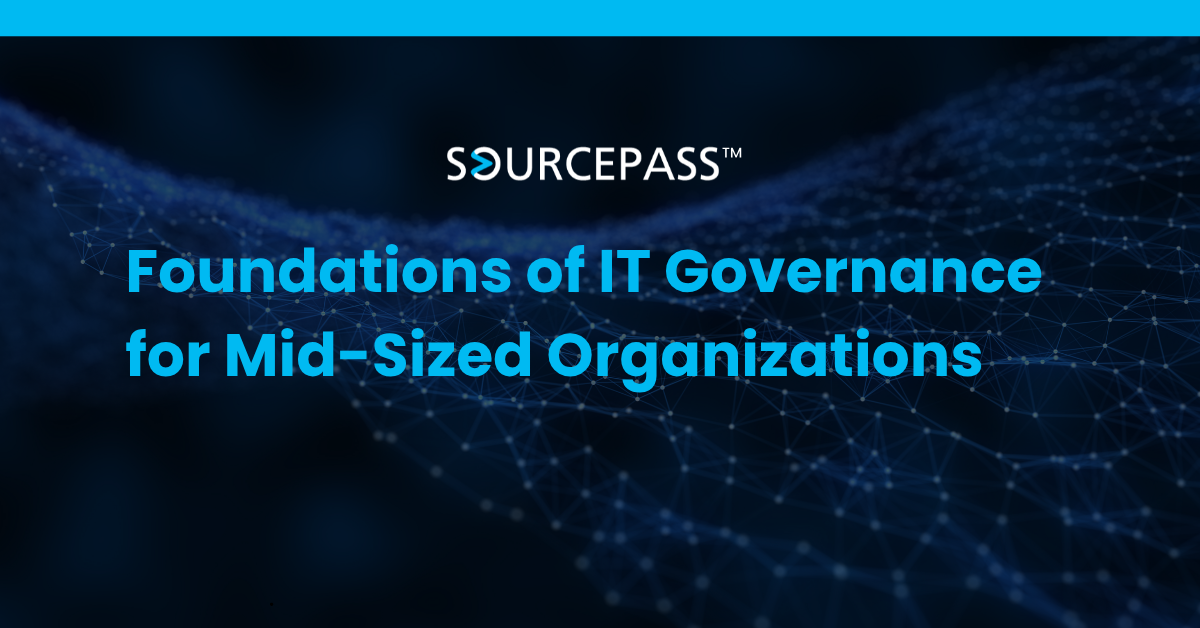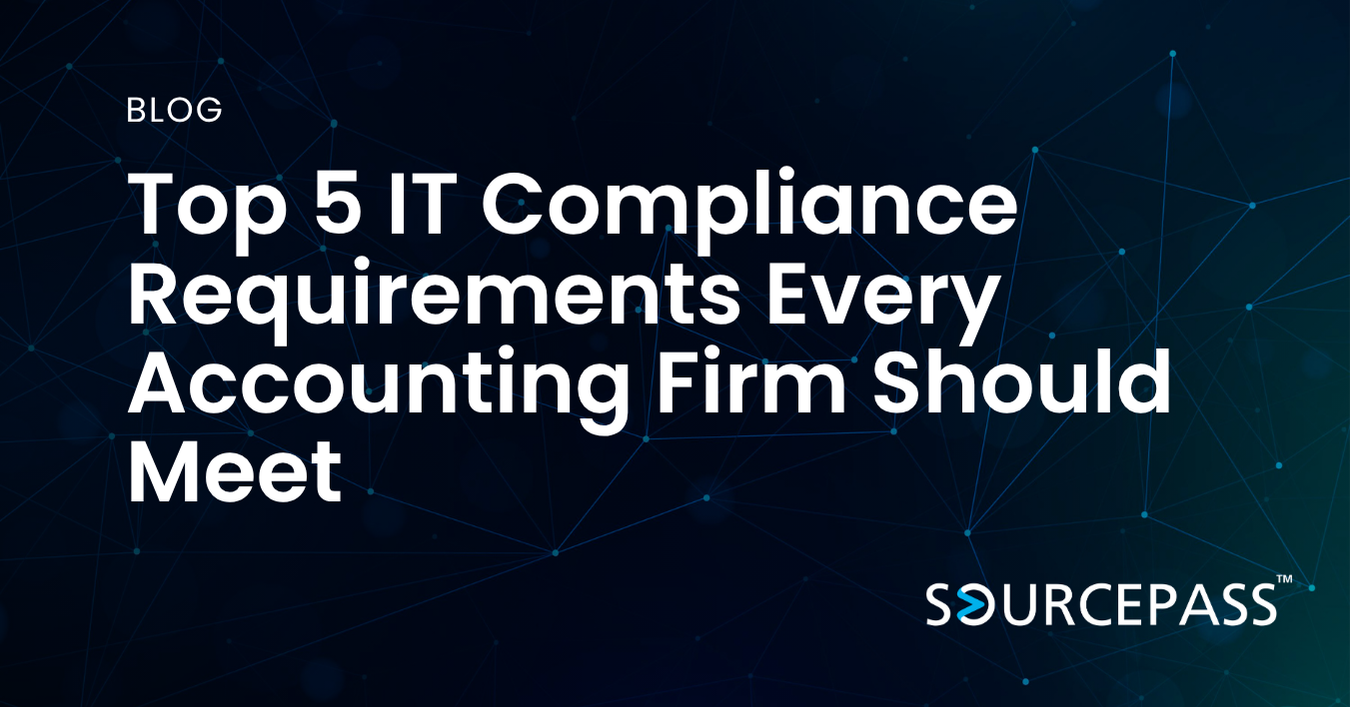Foundations of IT Governance for Mid-Sized Organizations
Nov 03, 2025 Alex Davis Governance, Risk & Compliance 2 min read



Building a Strong IT Governance Foundation
Effective IT governance gives mid-sized organizations a competitive edge by aligning technology with business strategy, reducing risk, and maintaining compliance. As digital systems grow in complexity, governance ensures that decisions about technology investments, cybersecurity, and compliance are consistent, transparent, and aligned with organizational goals.
A well-defined IT governance structure also clarifies accountability and improves communication between leadership and technical teams. This foundation helps organizations manage technology more strategically while protecting critical assets and maintaining operational resilience.
Accountability and Governance Leadership
Elevating IT as a Strategic Priority
IT governance begins with accountability at the highest levels. Executives and boards should treat technology as a key business function, not just a support system. Integrating IT discussions into board meetings ensures that risk, compliance, and innovation are reviewed alongside financial and operational goals.
Defining clear roles and reporting lines helps establish ownership for cybersecurity, data management, and compliance. Documenting responsibilities ensures that decision-making is structured, consistent, and traceable across departments.
Dialogue and Controls
Strong governance relies on open communication, well-documented frameworks, and right-sized controls. Regular dialogue between IT leadership and business stakeholders promotes transparency and helps prioritize technology investments that serve long-term objectives.
Documented frameworks and control systems ensure accountability and allow teams to measure performance against defined standards. These should be tailored to the size and complexity of the organization to avoid unnecessary overhead.
Key Frameworks for Mid-Sized Organizations
Adopting a governance framework gives structure to IT decision-making and compliance processes. The following are among the most effective for mid-sized businesses:
-
COBIT (Control Objectives for Information and Related Technologies): A framework for aligning IT strategy with business goals and managing enterprise IT performance.
-
ITIL (Information Technology Infrastructure Library): Focuses on best practices for IT service management and continuous improvement.
-
ISO 27001: Sets standards for establishing, implementing, and maintaining an information security management system.
Each framework provides guidance on risk management, data privacy, incident response, and vendor oversight. Mid-sized organizations should select the combination of frameworks that best address their operational and regulatory needs.
Practical Strategies for Effective IT Governance
Implementing IT governance does not need to be overly complex. These strategies can help organizations establish sustainable and effective processes:
-
Hold regular IT steering committee meetings to align initiatives with business goals.
-
Maintain an up-to-date IT asset inventory to manage systems, applications, and data more effectively.
-
Automate compliance tracking, project updates, and incident management for real-time visibility.
-
Assign clear ownership across security, operations, and compliance functions to prevent overlap or gaps.
Continuous improvement is achieved through defined performance metrics, such as service uptime, incident response times, and audit results. Regular reviews and ongoing training help teams adapt to new risks and technologies. Cloud-based tools and automation can also help smaller teams maintain strong governance without adding administrative burden.
The Value of Strong IT Governance
Effective IT governance reduces downtime, enhances data protection, and strengthens relationships with customers and regulators. It ensures that every technology decision supports the broader business mission while mitigating risks associated with compliance and cybersecurity.
For mid-sized organizations, structured governance enables scalability and sustained growth by turning IT from a cost center into a strategic advantage.
FAQ: IT Governance for Mid-Sized Organizations
Q1: What is IT governance and why is it important for mid-sized organizations?
A: IT governance is a structured approach for managing technology decisions, risks, and compliance. It ensures that IT supports business goals and safeguards critical assets.
Q2: How can mid-sized organizations get started with IT governance?
A: Begin by defining accountability, creating an IT steering committee, and adopting a governance framework such as COBIT or ISO 27001 that fits your business size and needs.
Q3: What are the main benefits of IT governance?
A: Improved compliance, reduced risk, better alignment between IT and business goals, and stronger operational performance.
Q4: How often should IT governance frameworks be reviewed?
A: Governance structures should be reviewed annually or after major organizational or regulatory changes to ensure they remain effective and relevant.
Q5: What role does automation play in IT governance?
A: Automation streamlines compliance tracking, incident reporting, and performance monitoring, helping teams maintain high standards with fewer manual tasks.
Subscribe To
Sourcepass Insights
Sourcepass Insights
Stay in the loop and never miss out on the latest updates by subscribing to our newsletter today!


